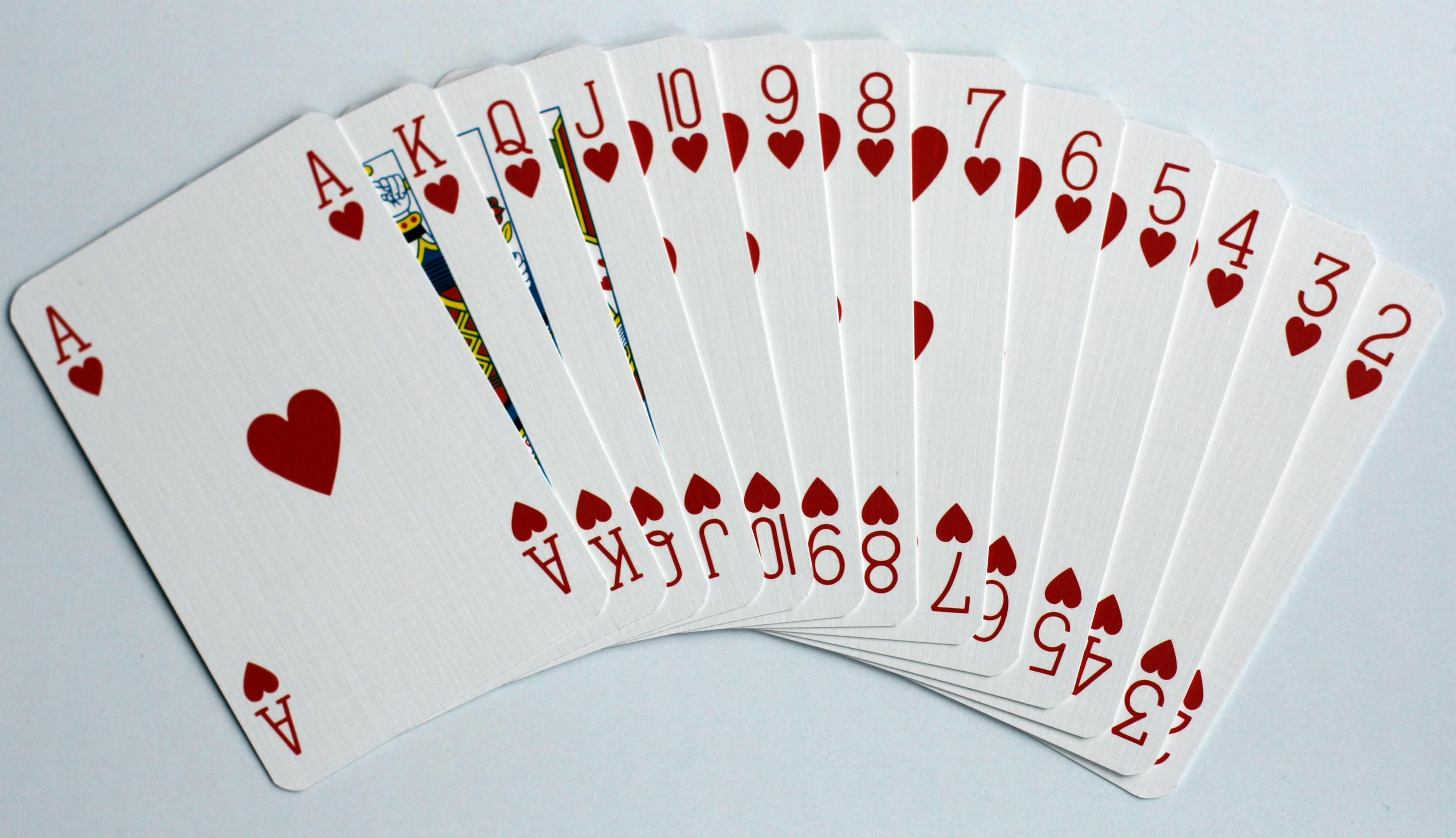History of the Hearts Cardgame

Unveiling Hearts: Tracing the History of a Beloved Card Game
Introduction
Card games have long been a source of entertainment, strategy, and social interaction. Among the myriad of card games, one stands out for its unique blend of strategy, psychology, and camaraderie – Hearts. This classic card game has captured the hearts of players around the world, transcending generations and cultures. In this blog post, we embark on a journey through time to uncover the fascinating history of the card game Hearts.
A Game of Whist Evolution
To truly understand the origins of Hearts, we must first delve into the world of Whist, a popular card game in the 17th and 18th centuries. Whist laid the foundation for Hearts, as it was the first trick-taking game that introduced the concept of following suit and winning tricks. The goal of Whist was to win the most tricks, and it featured a trump suit, which became a key element in many subsequent card games.
Birth of Hearts
The transition from Whist to Hearts took place during the mid-19th century. Hearts is believed to have emerged as a simplified variation of Whist, gaining popularity in the United States. Instead of trying to win tricks, players in Hearts aimed to avoid certain cards that carried penalty points. The game’s name is derived from the hearts suit, which holds special significance due to its penalty-point cards.
Development of Scoring Systems
As Hearts gained traction, different regions and players introduced variations in scoring systems. The goal was consistent: players strived to accumulate as few points as possible. Some versions of Hearts awarded points to players who won particular tricks containing penalty cards, while others assigned penalties to all heart cards, the Queen of Spades, or even the entire spades suit. These scoring systems added layers of complexity and strategy to the game, making it even more engaging.
Hearts in the Digital Age
With the advent of digital technology, card games like Hearts made their way into the virtual world. Microsoft Windows played a significant role in popularizing Hearts by including it in its operating system from Windows 3.1 to Windows 7. This move introduced the game to countless individuals who may never have encountered it otherwise, contributing to its enduring popularity.
The Online Gaming Revolution
As the internet era flourished, Hearts underwent another transformation – moving from physical cards to online platforms. This shift enabled players from around the world to connect and play the game regardless of geographical barriers. Online Hearts platforms also introduced features such as customizable rules, AI opponents, and real-time multiplayer options, offering players diverse experiences tailored to their preferences.
Enduring Appeal and Cultural Impact
Hearts' enduring appeal can be attributed to its unique combination of strategy and psychology. Players must carefully assess their moves, anticipate opponents' actions, and make decisions that will affect not only their own score but also the scores of their rivals. This blend of skill and psychology has led to countless memorable moments, from cunning bluffs to unexpected reversals.
Conclusion
Hearts, a simple yet captivating card game, has evolved from its Whist roots to become a beloved pastime enjoyed by people of all ages. Its journey through time and technology has only enhanced its allure, making it a staple of card game enthusiasts both offline and online. As long as there are hearts to win and penalty points to avoid, this charming game is likely to continue captivating players for generations to come.